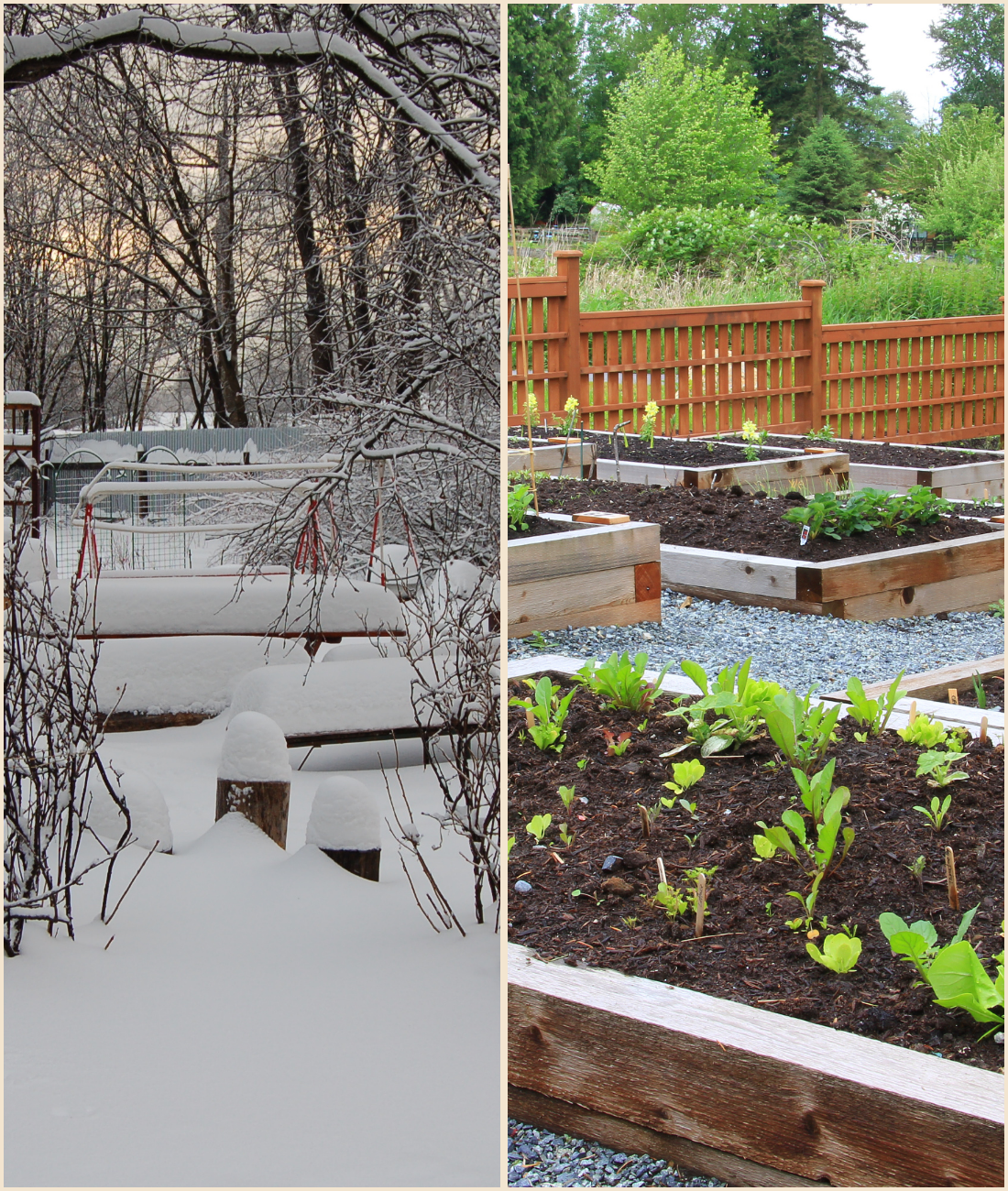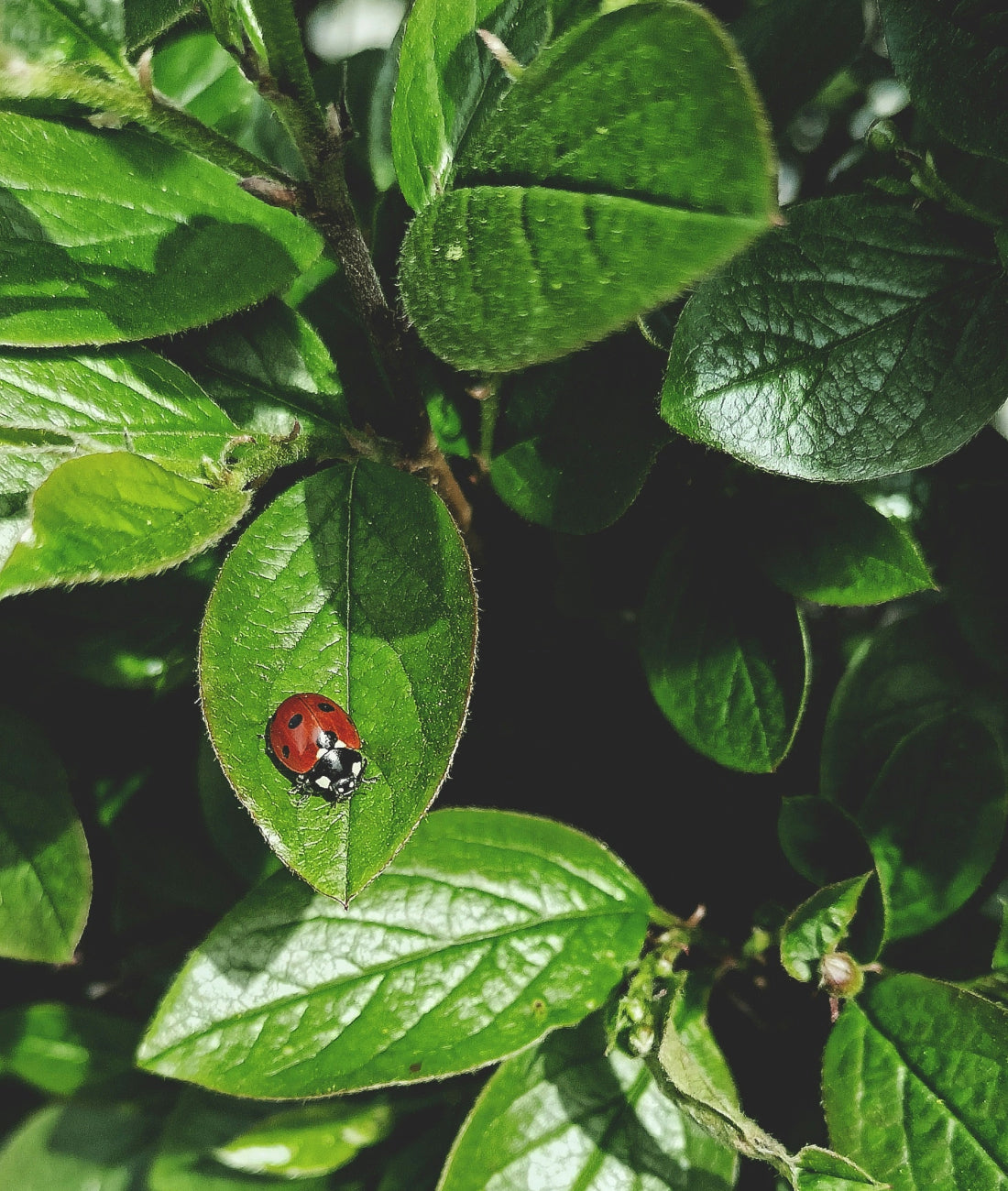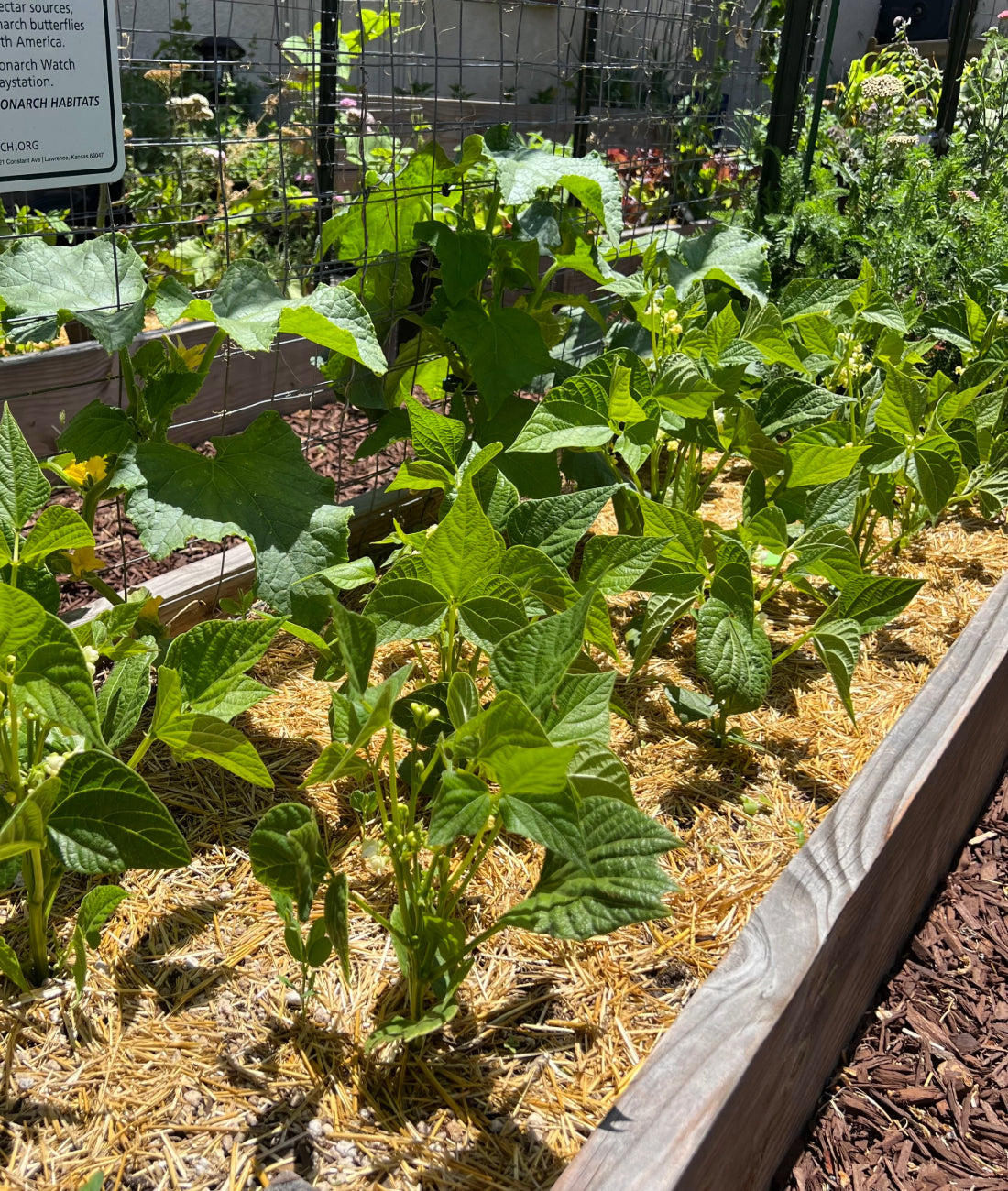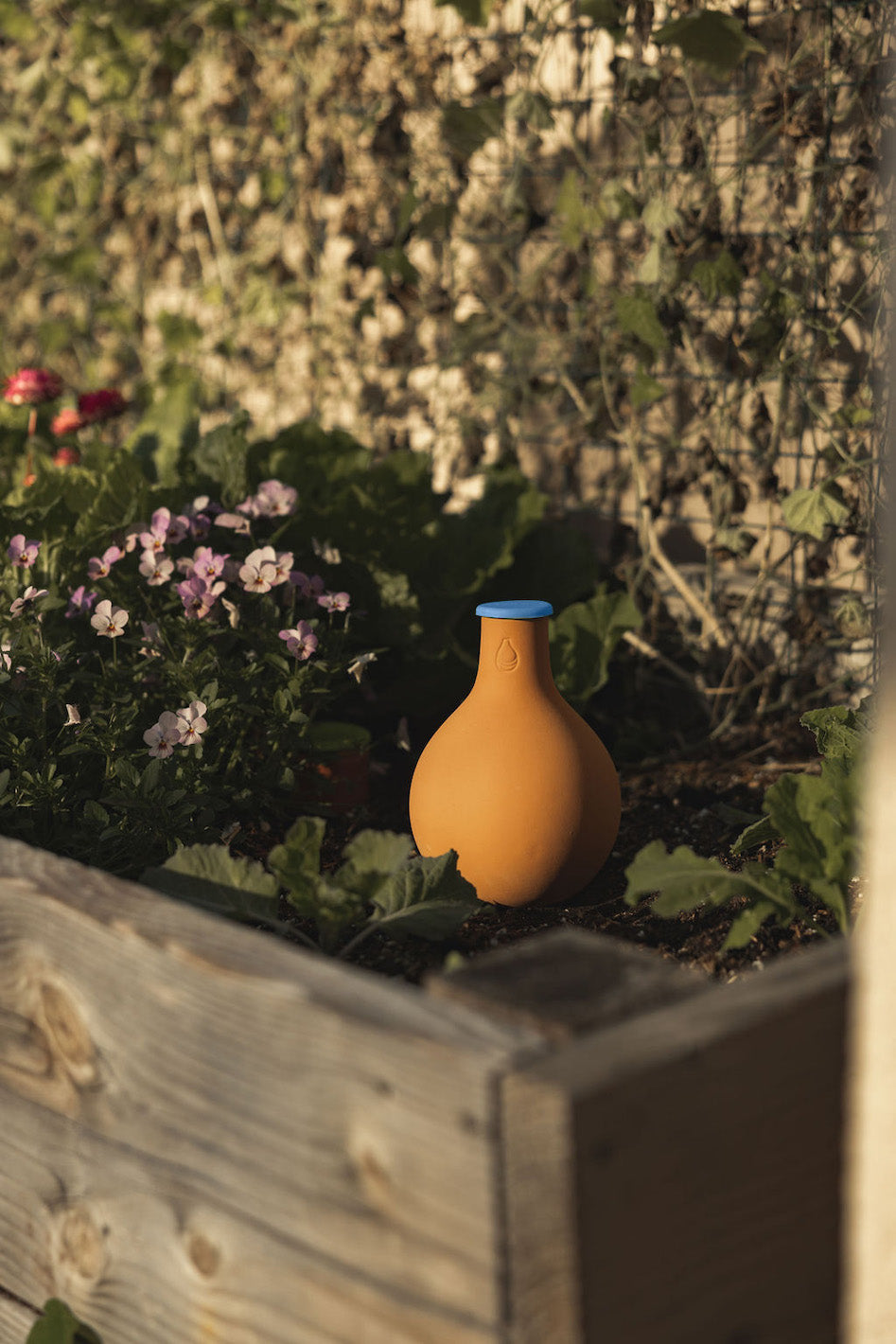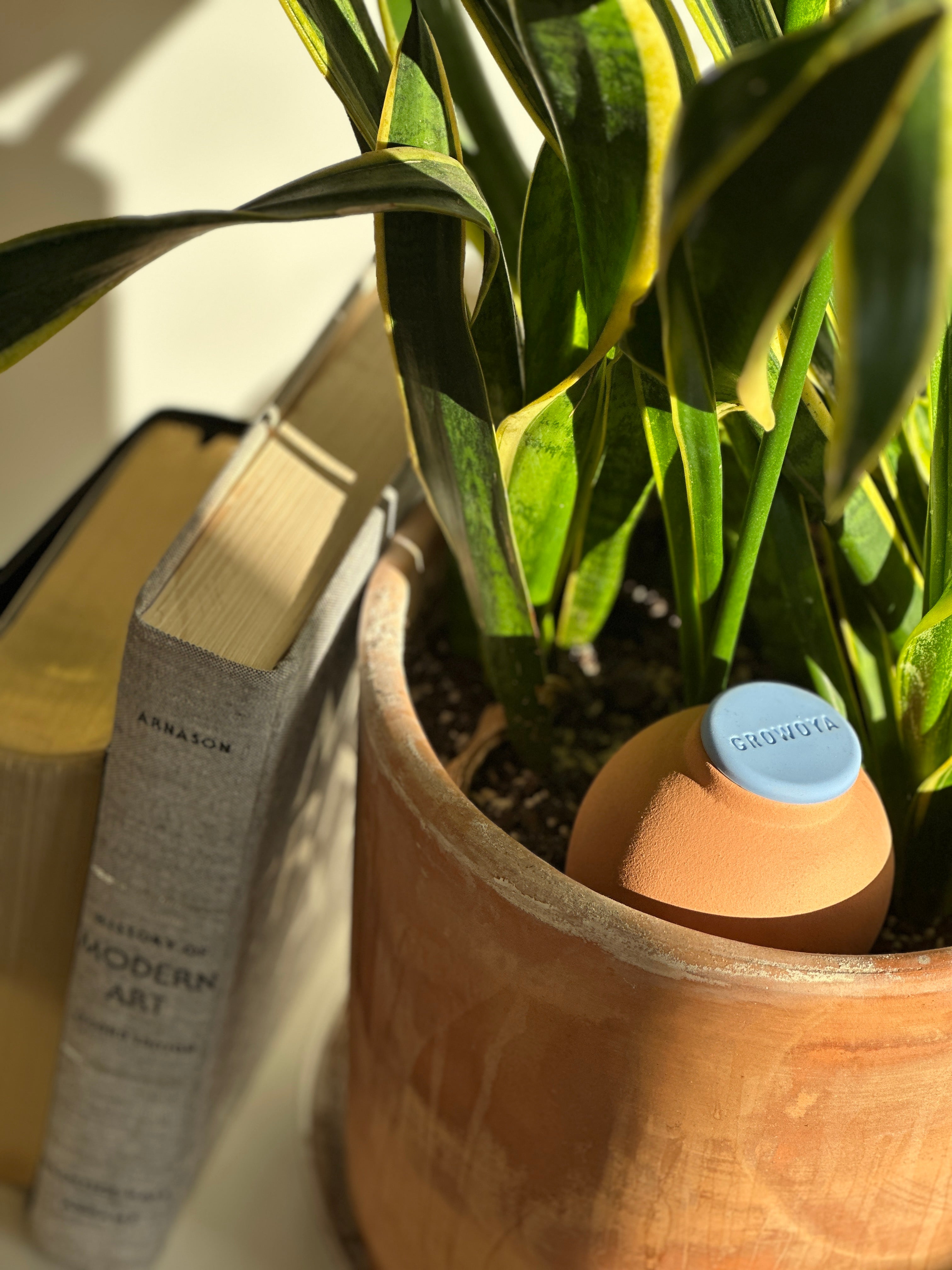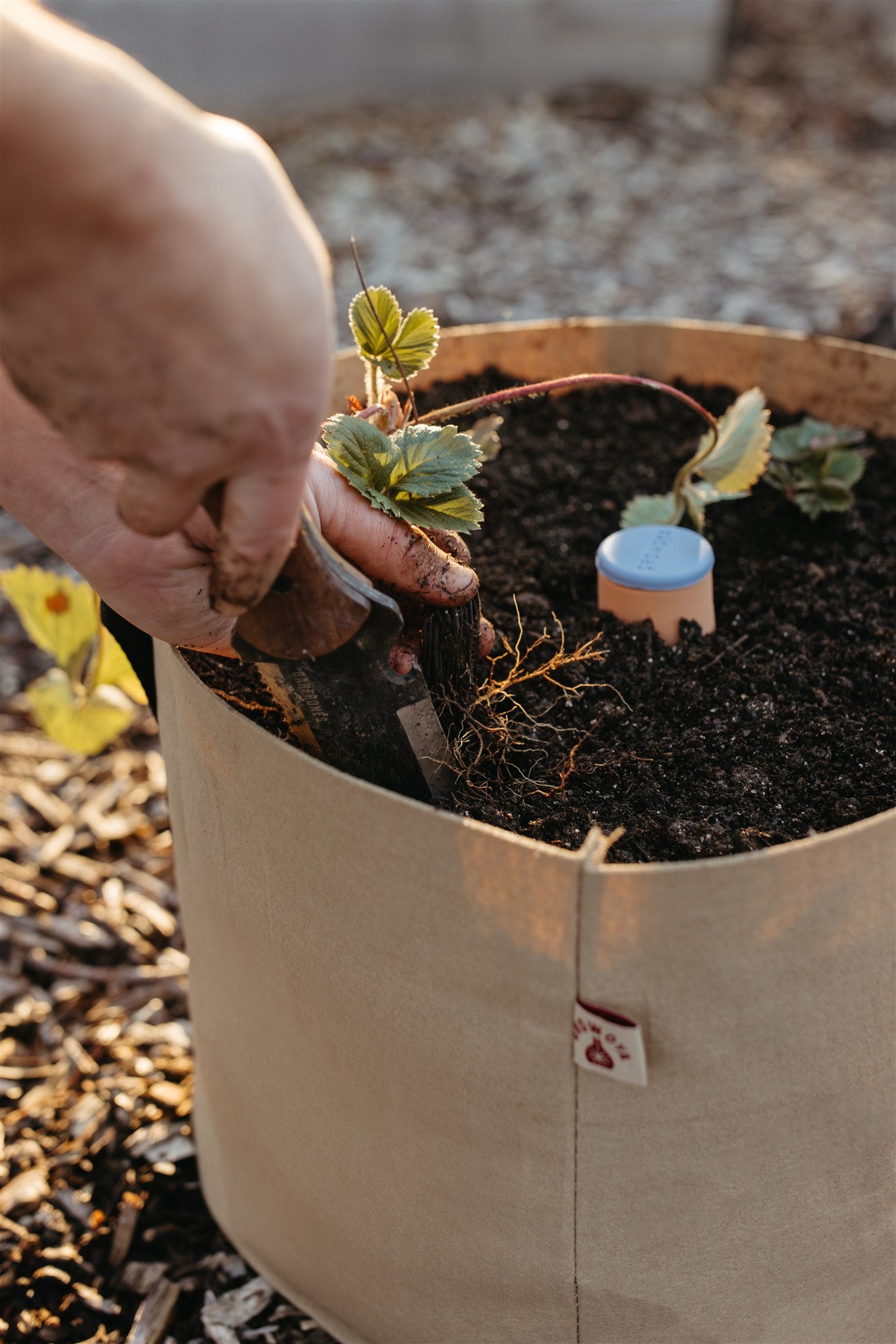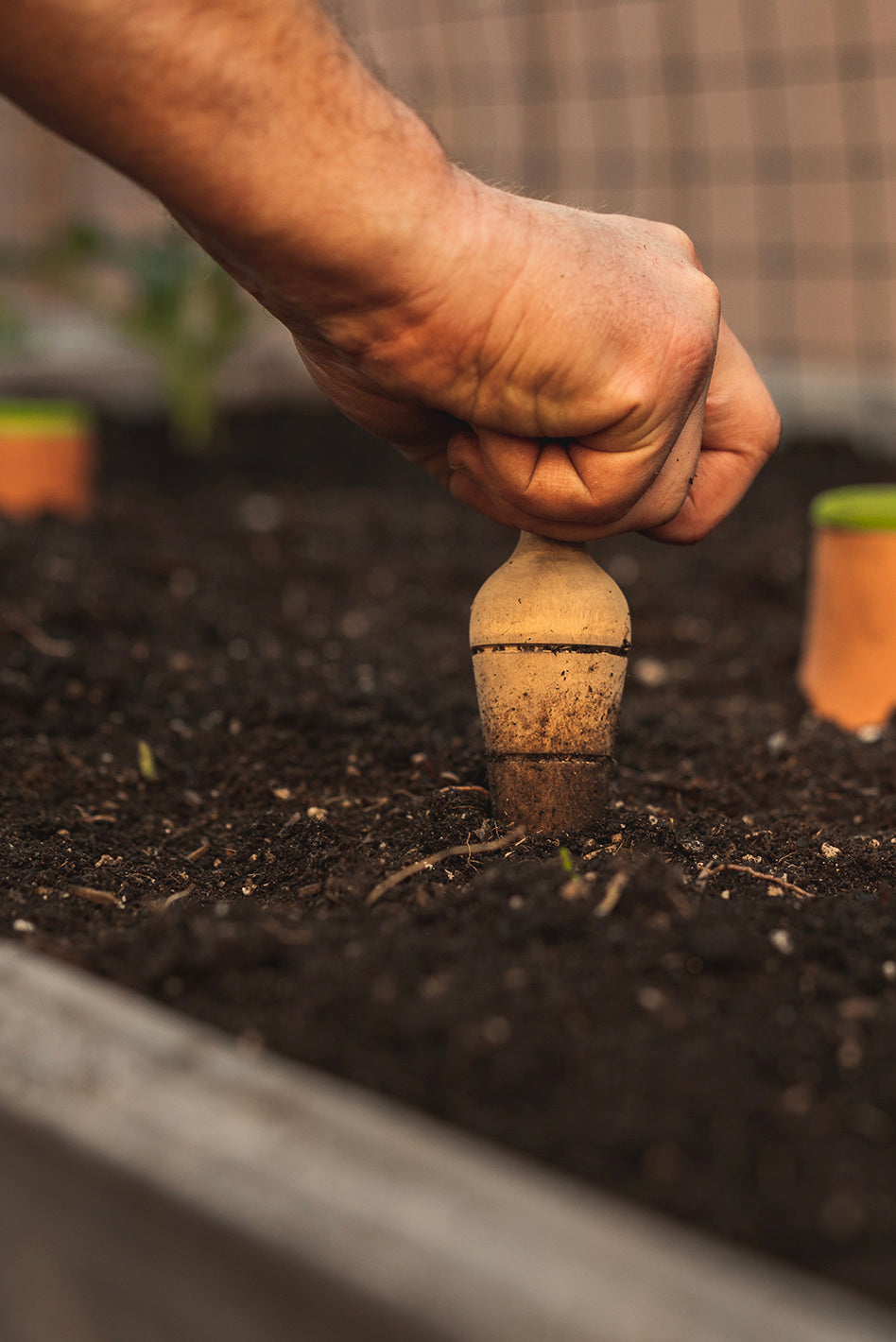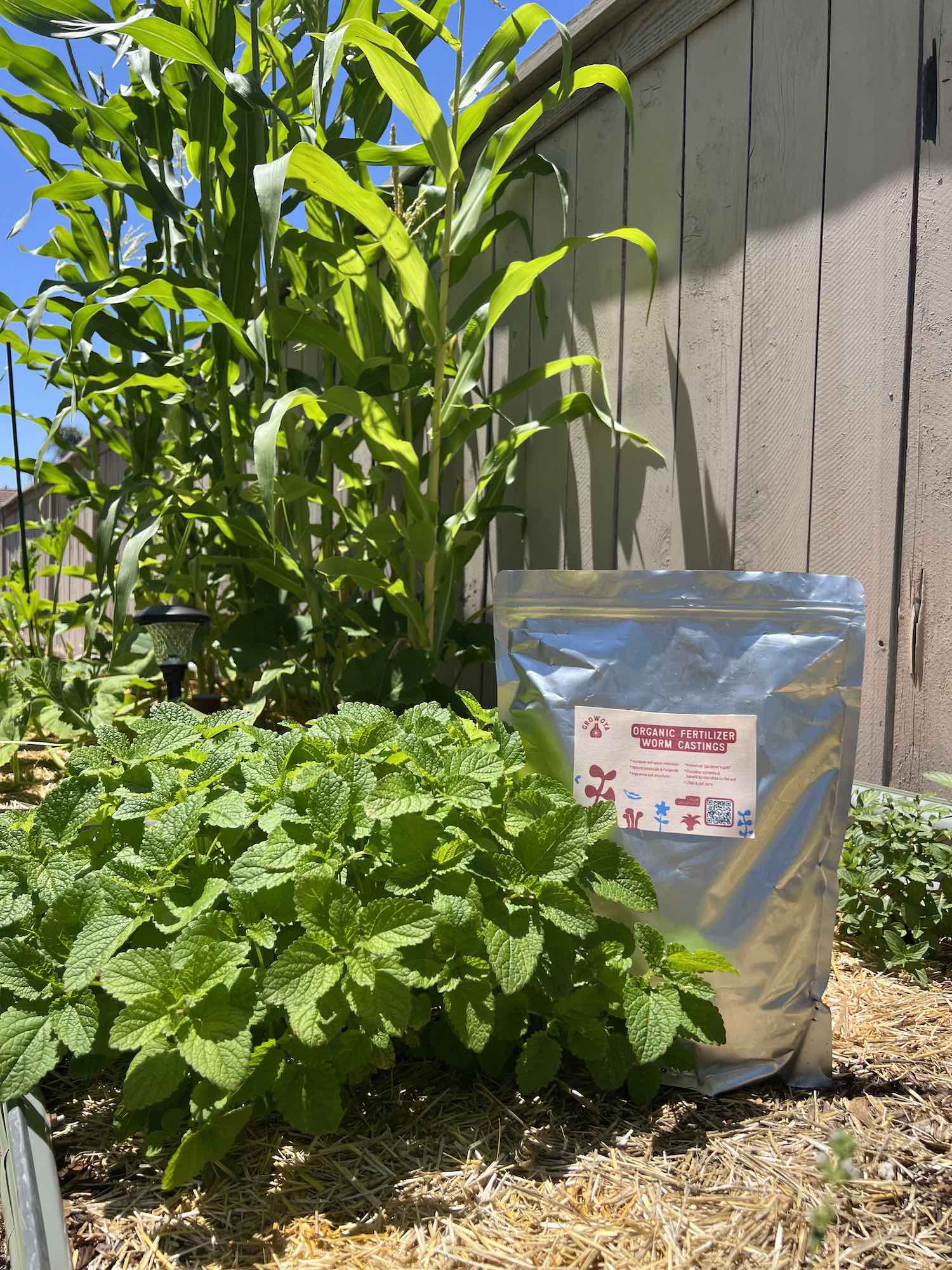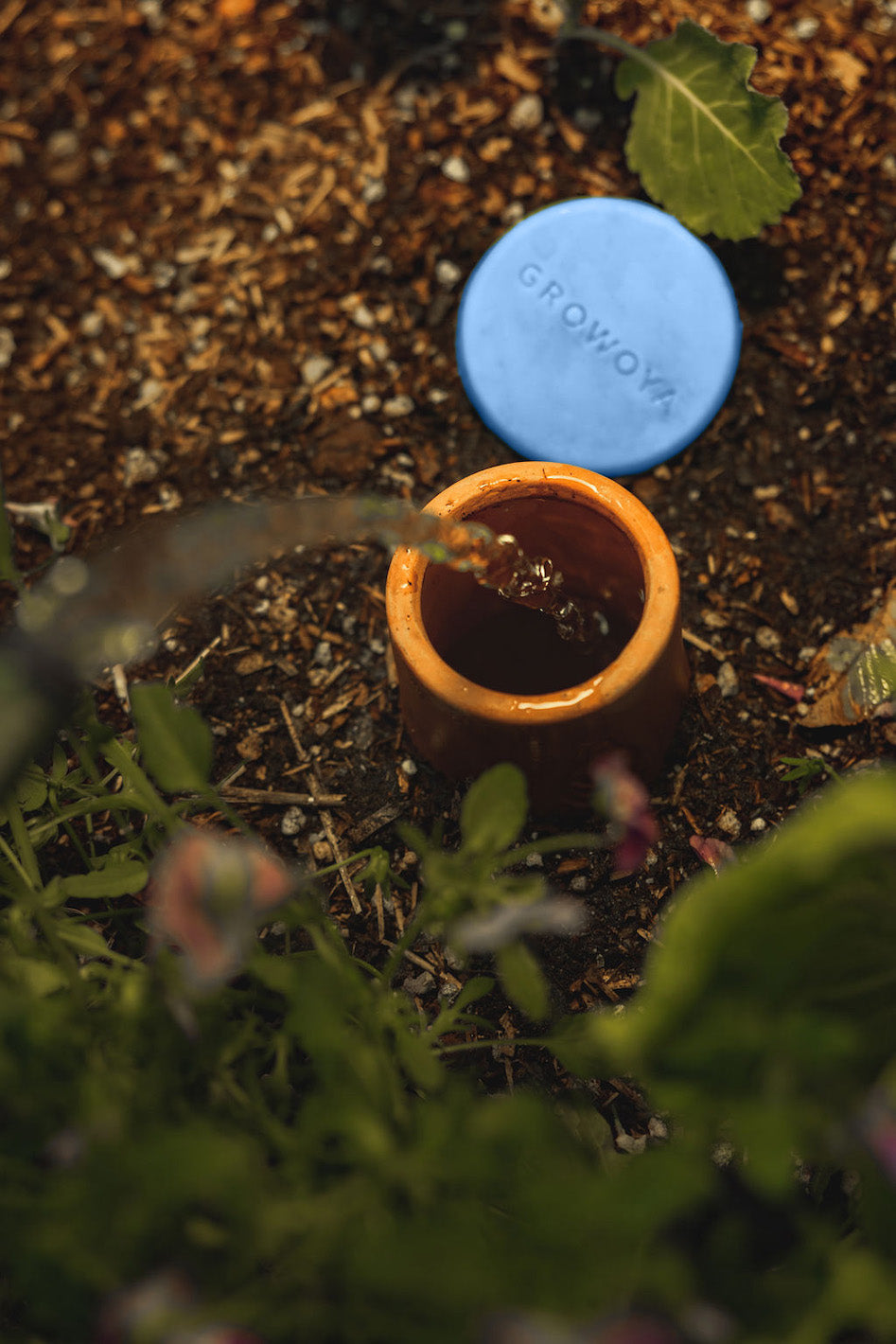As February rolls around, I know many of us gardeners feel like we're in a bit of limbo. In colder zones, everything's still frozen solid, while those of you in warmer zones might already be seeing new growth. No matter where you are, there’s always something to do to keep your garden healthy and thriving. Let’s dive into some late-winter tasks tailored to your zone so you can be ready when spring arrives.
For Gardeners in Zones 1-6: Planning and Preparing Under the Snow (Colder Regions)
I get it—when you're buried under a foot of snow, gardening can feel like a distant dream. But believe me, there's still plenty to do indoors that can set you up for success later. You can set up seed trays with your spring favorites, making sure they’re positioned near a sunny window or under grow lights. It’s also a good time to organize your tools and supplies—sharpen pruners, clean pots, and get your garden journal ready to track this year’s plans. Don't forget to sort through your seed bins! With all those seed packets piling up, it's easy to lose track. Organizing them by type, planting season, or expiration date will make your spring planting much smoother.
1. Focus on Spring Planning
- Sketch out your garden layout: This is your time to dream and plan. Grab some graph paper or a digital tool and design your perfect layout. Think about crop rotation, companion planting, and sun exposure.
- Order seeds: Don’t wait too long; popular varieties sell out fast. Having your seeds ready keeps you ahead of the game.
- Research new varieties: Winter is perfect for some plant research. Explore new flowers or crops that might thrive in your zone.
2. Start Indoor Seedlings
Starting seeds indoors gives you a head start, but timing is crucial depending on your frost date. If your area's last frost is earlier, February is a good time to start crops like tomatoes, peppers, and onions indoors. For colder areas where the frost date is much later, waiting until March may be better to prevent your seedlings from getting too big. Be sure to check your local frost date and create a seed-starting schedule.
3. Prune Dormant Trees and Shrubs
Late winter is the best time to shape your trees and shrubs before new growth starts.
- Conduct structural pruning: Remove any dead or damaged branches.
- Avoid pruning early-blooming shrubs: You’ll want to wait on plants like lilacs and forsythia, as they’ve already set their buds.
- Inspect branches for heavy snow: If branches are weighed down by snow, gently shake it off to prevent breakage.
4. Maintain and Protect Perennials
- Check for frost heaving: This happens when the soil freezes and thaws, pushing plant roots up. Look for lifted plants and reapply mulch to keep the roots insulated.
- Inspect overwintered plants: Make sure their insulation is still intact.
5. Tool Maintenance
- Clean and sharpen tools: Get your pruners and shovels in tip-top shape. A little maintenance now saves frustration later.
- Organize your garden shed: Trust me, having everything ready and accessible will make spring tasks much smoother.
For Gardeners in Zones 7-8: Balancing the Seasonal Transition (Moderate Regions)
In these zones, winter is more manageable, but early spring tasks are already calling. This is a great time to focus on indoor seed starting. Begin with cool-season crops like broccoli, cauliflower, and lettuce. By the time the last frost passes, your transplants will be ready to thrive. Don't forget about flowers—you can start hardy annuals such as cosmos or calendula as well.
1. Plant and Care for Cool-Season Vegetables
- Choose ideal crops: Cabbage, kale, and carrots are great options for these zones.
- Prepare soil: Enrich your beds with compost to boost fertility.
- Water consistently: Even if it's cooler, plants need regular hydration.
2. Prune and Shape Trees and Shrubs
- Focus on dormant trees: This is your last opportunity to prune before spring growth kicks in.
- Tidy up flower beds: Remove dead plant material to make way for new growth.
3. Watch for Pests
- Inspect plants: Aphids and other pests can remain active. Keep a close eye on your garden.
- Use organic controls: Consider neem oil or insecticidal soap if needed.
For Gardeners in Zones 9+: Year-Round Planting Opportunities (Warmer Regions)
In places like southern California and central Florida, gardening never really stops. These regions enjoy consistent warmth and minimal frost, allowing gardeners to plant, harvest, and maintain their gardens year-round. February is another productive month to plant, harvest, and maintain your garden.
1. Plant Tropical and Warm-Season Crops
- Start new crops: Beans, cucumbers, and sweet corn thrive in these climates.
- Harvest ongoing crops: Continue harvesting peppers, tomatoes, and tropical fruits like bananas and papayas.
2. Maintain Soil Health and Prevent Soil Fatigue
- Add organic matter: Frequent planting cycles can deplete nutrients, leading to soil fatigue, which reduces plant productivity. Regularly amend your soil with compost, aged manure, or other organic materials.
- Practice crop rotation: Avoid planting the same crops in the same spot season after season. Rotate between different plant families (e.g., legumes, leafy greens, and fruiting crops) to prevent nutrient depletion and reduce the risk of pests and diseases.
3. Mulch and Water Management
- Replenish mulch: Mulch helps retain moisture and regulate soil temperature during warm, dry spells.
- Adjust irrigation: Monitor rainfall and adjust your watering schedule as needed.
4. Support Pollinators
- Plant pollinator-friendly flowers: Marigolds, zinnias, and sunflowers attract beneficial insects.
- Provide water: Shallow dishes of water with pebbles allow bees and butterflies to safely hydrate.
General Late-Winter Gardening Tips for All Zones
These tasks apply no matter where you live—and they’re all about getting your garden ready for a successful spring.
1. Support Local Wildlife
- Provide food and water: Stock your bird feeders and keep birdbaths ice-free.
- Create shelter: Birdhouses and brush piles provide safe spots for wildlife.
2. Reflect on Your Garden Goals
Take some time to think about your wins and challenges from last year. Did you battle pests like aphids or slugs, or perhaps struggled with poor soil conditions? Maybe some plants didn’t thrive as expected due to erratic weather. Reflecting on these experiences can help you plan for better pest control, improved soil health, and more resilient plant choices this year.
- Review last year’s successes: What worked well? What would you change?
- Set new objectives: Whether you’re aiming for a bigger harvest or a more pollinator-friendly garden, set goals to guide your efforts.
3. Continue Composting
- Add kitchen scraps: Keep adding organic material to your compost pile, like coffee grounds, vegetable scraps, and crushed eggshells, which can provide valuable nutrients and maintain microbial activity. In colder zones, insulate the pile with straw or leaves to retain heat.
- Turn the pile: This helps accelerate decomposition, but if your ground is frozen solid, consider an indoor system or something like the Hungry Bin, which works great in garages.
Conclusion
February might be a transitional month, but it’s packed with opportunities to prep your garden for success. Whether you’re braving the snow in colder zones or enjoying mild weather in warmer areas, these tasks will help you transition smoothly into spring. Stay on top of your garden’s needs, and you’ll be rewarded with a thriving space once the warmth returns.
FAQs
1. What challenges should I prepare for in a cold zone this February? Besides pruning dormant trees and protecting soil with mulch, be aware that pests like spider mites can become an issue on overwintered plants indoors. You might also face slow seed germination due to cool temperatures. Start by optimizing your indoor seed setup with grow lights and ensure your soil is well-prepared for early spring planting.
2. What vegetables can I plant in February? In warmer zones (9+), February is prime time to plant cool-season crops such as lettuce, carrots, and spinach outdoors. In zones 7-8, it's the perfect month to start indoor seedlings for crops like broccoli and tomatoes. In colder zones, focus on getting your soil enriched and ready for transplanting when the frost clears.
3. What are common mistakes to avoid when protecting plants from frost? One mistake is applying too much mulch, which can suffocate plant roots. Another is not securing frost cloths, leaving plants exposed to cold winds. Ensure a 2-3 inch mulch layer and properly anchored covers that reach the ground. Using cloches can help protect smaller, tender plants from extreme conditions.
4. What are good flowers to plant in February for mild climates? Pansies, violas, and snapdragons are excellent choices for late-winter planting in zones 7-9. Calendula and sweet peas also thrive in cooler conditions. Before planting, prepare the soil by enriching it with compost to ensure proper drainage and nutrients. Additionally, companion planting strategies can attract beneficial insects and deter common pests like aphids.
5. How can I make my gardening tools last longer? February is the perfect time to clean and sharpen pruners, shovels, and other tools. After sharpening, apply a thin coat of oil to prevent rust. Inspect wooden handles for splinters or cracks and sand them down, applying a wood preservative if needed. Organizing your tools now can save time during the busy spring season.

